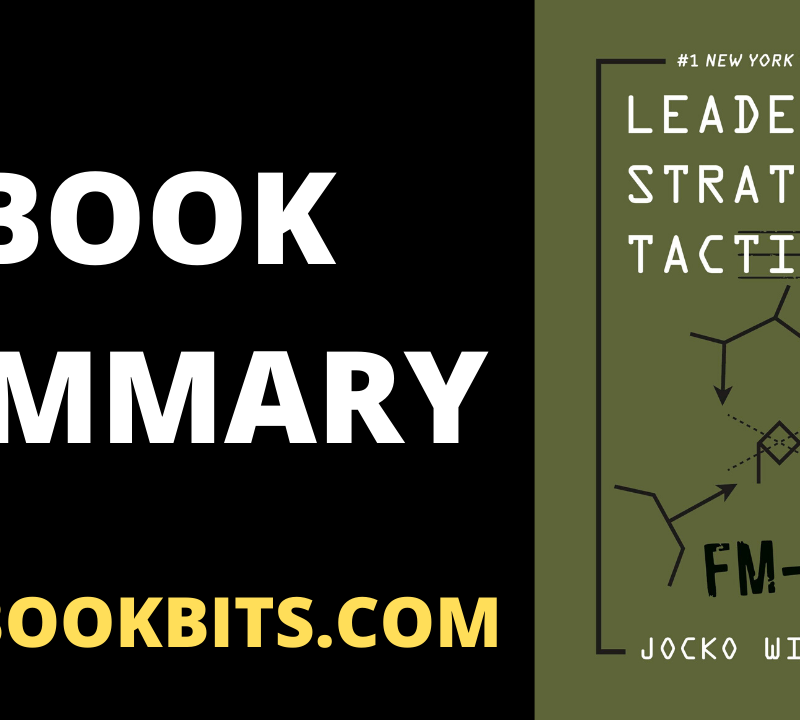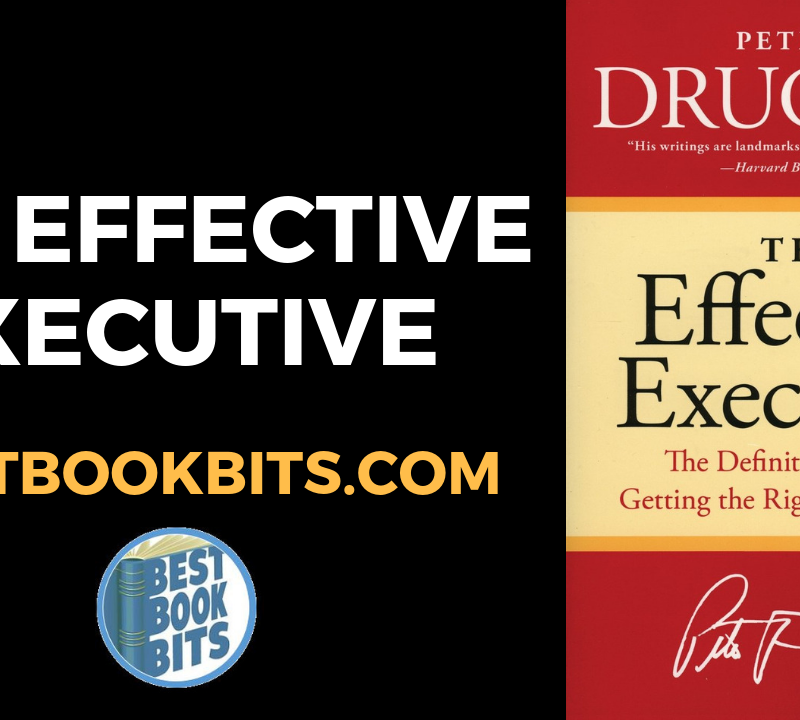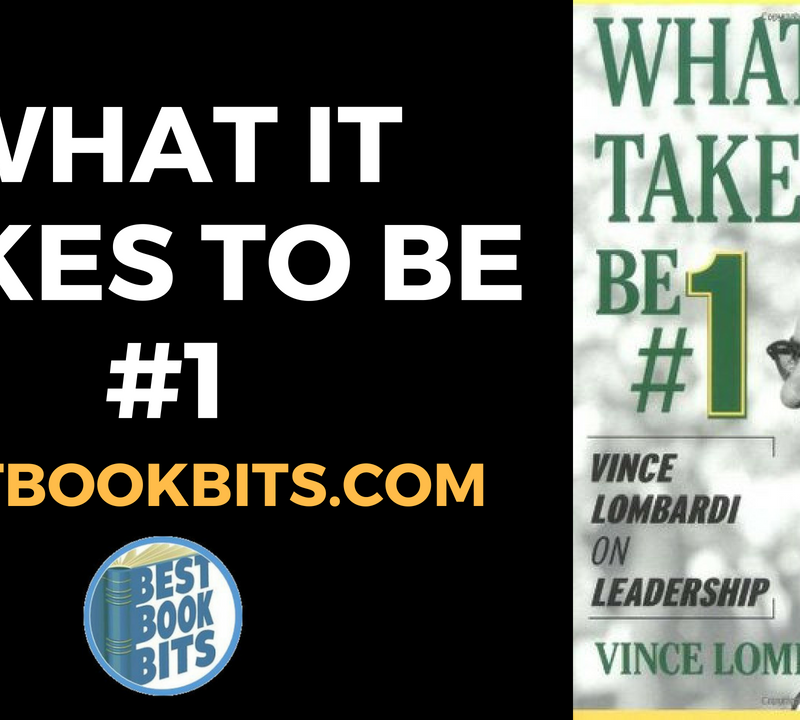★DOWNLOAD THIS FREE PDF SUMMARY HERE
? MY FREE BOOK TO LIVING YOUR DREAM LIFE”
? SPONSOR BESTBOOKBITS BY USING PATREON
? SUPPORT BESTBOOKBITS BY CLICKING THE LINKS BELOW
- 150 PDF Summaries
- Coaching Program
- Subscribe to My Channel
- Website
- Spotify
- Book Club
- Mailing List
INTRODUCTION
”There are leaders, and there are those that lead.”
In this summary
This summary will cover 6 key points; Why manipulation is not the same as inspiration, the concept of the ‘Golden Circle’, Leadership, Rallying believers, Challenges, and the big Why?
BOOK SUMMARY
Why Manipulation is not the same as inspiration
Simon believes that true leadership means having the ability to inspire people, to provide them with a purpose outside of any benefits or incentives. That these people have the ability to lead because they truly inspire their followers. There is no manipulation or coercion, followers are inspired and feel fulfilled by the work that they do.
In Start With Why, Simon explains that behaviour is influenced in two ways; inspiration, or manipulation.
Today, we are more familiar with manipulation. Sales, promotions, advertising, marketing, it’s all versions of manipulations. And there’s a reason for this, manipulation works!
Using the example of attracting customers to purchase a product you are selling; it’s prices, promotions, fear, aspirations, novelty and peer pressure that are used to manipulate and motivate a purchase. Although these techniques may help you make a sale, they do not benefit any long-term gains. They do not encourage loyalty.
“Leadership is the ability to rally people not for a single event, but for years. In business, leadership means that customers will continue to support your company even when you slip up.”
The aim should be to inspire loyal customers. Loyal customers results in returning business. A loyal customer is so inspired by your brand that they are willing to turn down a better price or product to continue doing business with you.
The short term gains of manipulation may seem like the easy option, but it isn’t sustainable. Inspiring loyal customers means putting in the hard work, but gaining long-term benefits.
The Golden Circle
The Golden Circle is a concept described by Simon, it shows how certain leaders have the ability to inspire action rather than simply manipulating people to act.
Simon emphasises that the majority of leaders however, choose manipulation over inspiration when it comes to motivating followers. Simon uses three tiers to differentiate between companies and their motivations; What, How & Why.
Every company in the world knows WHAT they do -e.g. they can describe and define their product or service. Some companies know HOW they do what they do -e.g. they know that their unique selling point is the reason they stand out. Very few companies know WHY they do what they do (and it’s not to make money, this is a result). Why do you get out of bed in the morning, what is the companies purpose, and why should anyone care?
Simon uses Apple as the example of an inspirational company. The format a normal company would use to communicate their product goes like this; ‘this is what we do, and this is how we do it.’
However, inspiring companies such as Apple start with why, they reverse the order of information, e.g;
WHY – In everything that we do, we believe in challenging the status quo and thinking differently. (This part engages the consumer on an emotional level.)
HOW – The way we do this is to design products that are beautifully designed and easy to use. (The how and the what serve as evidence of the why.)
WHAT – We just so happen to make great computers. Wanna buy one?
”It’s not a debate about better or worse anymore, it’s a discussion about different needs. And before the discussion can even happen, the WHYs for each must be established first.”
This is biology
When a company starts with what, there is likely going to be some appeal. But, when they start with why, and when their consumers share their beliefs, a sense of belonging occurs and as a consequence, their products symbolise these beliefs. Simon relates this all back to biology, our craving for a sense of belonging is a basic human instinct.
Biologically speaking, when you look at the brain, Simon points out that his Golden Circle concept directly corresponds to the major levels of the brain.
- The what portion of the Golden Circle takes place in the neocortex – where rational thought and analytical thinking occurs.
- The how and why take place in the limbic brain. Where emotions derive and where decisions are made. The limbic brain has no control over language, alas the struggle we face when trying to communicate our feelings sometimes.
- Without the power to put feelings into words, we are forced to rationalise these decisions with any evidence – the what.
- When starting with the what, despite having the facts or evidence, you haven’t actually given the power to the decision making limbic brain yet.
- If you engage the limbic brain from the get-go, the how and the why, you go straight to the decision-making part of the brain & allow the decision to be made while the neocortex can rationalise the feeling.
“Companies that fail to communicate a sense of WHY force us to make decisions with only empirical evidence. This is why those decisions take more time, feel difficult or leave us uncertain.”
- The power of the limbic brain can outweigh rational thought. And this is where innovation happens. We take risks that are illogical, driven by emotion. And this is why, we’ll pay more money for an Apple MacBook than a PC. Apple products symbolise a user’s beliefs, it’s a status symbol.
“And that’s why the Apple logo is upside down to the user and the right way round for everyone else…”
Why, How & What
Simon emphasises the importance of each piece of the Golden Circle being in the right order and balanced, before a person or an organisation has the ability to inspire.
Without the ability of explaining why the organisation does what it does, there will be no inspiration. As a leader, it is crucial that you can articulate the why. In Start With Why, Simon explains that finding the why is actually the easy part, the why is just a belief. The hard part follows when you have to hold yourself accountable to this, you need discipline. The what, or the doing part requires consistency and authenticity. This is absolutely crucial if you are trying to build trust and loyalty with your consumers.
“Differentiation happens in WHY and HOW you do it. The Golden Circle provides a way to communicate consistently with how individuals receive information. For this reason an organisation must be clear about its purpose, cause or belief and make sure that everything they say and do is consistent with and authentic to that belief. If the levels of The Golden Circle are in balance, all those who share the organisation’s view of the world will be drawn to it and its products like a moth to a light bulb.”
Leadership
Back to biology again, Simon identifies humans attraction to those with similar beliefs and values. We desire these things to align, and with that we build trust. For a true leader to inspire and build a following, they need to be trusted.
Trust
Taking it back to the limbic brain, trust is not rational or logical, it’s an emotional feeling.
“You have to earn trust by communicating and demonstrating that you share the same values and beliefs. You have to talk about your WHY and prove it with WHAT you do. Again, a WHY is just a belief, HOWs are the actions we take to realise that belief, and WHATs are the results of those actions. When all three are in balance, trust is built and value is perceived.”
When it comes to hiring employees, you have to be looking for those who share the same beliefs and values as you. Skills are secondary. Successful employees with be passionate about your why.
“Great companies don’t hire skilled people and motivate them, they hire already motivated people and inspire them.”
Simon describes a great organisation as one with a strong sense of culture and belonging. This protects the people inside the organisation, and they know that because of the shared beliefs and values, the organisation, and fellow colleagues, can all work together as one, and have each other’s back. There’s no fear or mis-trust.
Tipping points
The Law of Diffusion outlines mass-market success as being achieved once you’ve reached 15%-18% of your market. The early majority waits until someone else has tried it first before they sign up. Simon suggests that the tipping point is when a business’ growth or idea is rapidly moving. This is the point of mass-market acceptance.
“The goal of business then should not be to simply sell to anyone who wants what you have—the majority—but rather to find people who believe what you believe, the left side of the bell curve. They perceive greater value in what you do and will happily pay a premium or suffer some sort of inconvenience to be a part of your cause. It is the percentage of people who share your beliefs and want to incorporate your ideas, your products and your services into their own lives as WHATs to their own WHYs.”
Simon points out that once you have enough people on your side, the rest will be encouraged to follow. The influencers need to be people who share your beliefs. They will voluntarily share your messages, your ideas, and the rest will be inspired.
Rallying believers
Simon’s Golden Circle is actually a birds eye view of a cone which represents the three-dimensional structure of organisations.
An organisation cannot be made up of entirely one type of person. It’s the combination of the why-types and the how-types that create inspirational partnerships. Simon explains this by looking at the billion dollar visionary company, Apple. Steve Jobs is the why – the visionary, and Steve Wozniak was the how – he made it happen. One without the other is almost useless. Leaders sit at the top of the cone, they are the why, the how-types sit below the leader and they take on the responsibility for making the leaders visions happen. Arrangements like this that mean Apple can innovate an industry, they are more than just another organisation selling products, they are a social movement creating change.
”It’s no coincidence that the three-dimensional Golden Circle is a cone. It is, in practice, a megaphone. An organisation effectively becomes the vessel through which a person with a clear purpose, cause or belief can speak to the outside world. But for a megaphone to work, clarity must come first. Without a clear message, what will you amplify?”
Marketing and branding
Without clear communication of values and beliefs, a company or organisation will struggle to reach the consumers in the way they want. Marketing and branding is so important, it’s the vehicle for companies to communicate what the products and services stand for, what they can become. Marketing and branding needs to inspire believers, it needs to allow consumers to attach their own beliefs and values to a product. It needs to create trust and a loyalty in their following, so consumers will continue to buy their products or use their services despite what else is available on the market.
”If WHAT you do doesn’t prove what you believe, then no one will know what your WHY is and you’ll be forced to compete on price, service, quality, features and benefits; the stuff of commodities”
Challenges
Simon recalls attending the Gathering of Titans where americas most successful entrepreneurs gather together. 80% had achieved their financial goals! although 80% didn’t feel successful. As their companies had grown, they had lost a sense of their why. They still knew what they did and how they did it, but their why had gone fuzzy. And of course, this was difficult to put in to words.
“Achievement is something you reach or attain, like a goal. It is something tangible, clearly defined and measurable. Success, in contrast, is a feeling or a state of being. Achievement comes when you pursue and attain WHAT you want. Success comes when you are clear in pursuit of WHY you want it.”
“For great leaders, The Golden Circle is in balance. They are in pursuit of WHY, they hold themselves accountable to HOW they do it and WHAT they do serves as the tangible proof of what they believe.”
When a company focuses on the how and the what, they lose sight of the why. The passion and innovation withers and they simply come to work, do the required bare minimum to reach present goals, and consider the job done. The drive for more is gone.
‘Achievement is something you reach, like a goal. Success, is a feeling or a state of being.’
The Bus Test
Simon explains the school bus test. If the founder we’re to get hit by a bus and die, would the business be effected? The challenge isn’t to cling on to the leader forever, but to find a way of keeping the vision alive and clear.
It’s time to switch the focus, the majority of organisations will track their progress based on what they do – the money they make. However, this means the why can lose clarity. Measuring other metrics such as positive customer feedback and work-life balance can mean the why stays in focus.
”Great second or third CEOs don’t take the helm to implement their own vision of the future; they pick up the original banner and lead the company into the next generation”
The big WHY
”The WHY does not come from looking ahead at what you want to achieve and figuring out an appropriate strategy to get there. It is not born out of any market research. The Why does not come from extensive interviews with customers or even employees. It comes from looking in the completely opposite direction from where you are now. Finding WHY is a process of discovery, not invention.”
‘Finding WHY is a process of discovery, not invention.’
CONCLUSION
Key takeaways
- WHAT– Companies always know what they do – e.g. selling products
- HOW– Some companies know how they do what they do – e.g. selling their products with a unique marketing plan
- WHY– Few companies know why they do what they do (besides making money) – e.g. this is why employees get out of bed in the morning, what is the purpose and why should consumers care. This is where inspirational companies arise.
- Successful Leaders– will be able to clearly explain why their organisation does what it does. This needs to be clearly articulated in order to inspire followers.
- As humans– we crave a sense of belonging, we want to feel that our beliefs and values re shared. A successful leader and organisation will communicate and clearly display their beliefs and values, in-turn, earning the trust of consumers who share these beliefs and values.
- Successful companies– will be made up of why-types and how-types. The why-types are the visionaries, the ones who optimistically set the goals, and the how-types are those that pave the road to get there. They make things happen. You need a combination of the two to be successful and inspirational.
- To truly start with why– companies need to avoid mistaking the what as the final destination. Instead of tracking success by revenue, focus instead on the why – why people are buying your product, look at positive customer feedback and use that as a benchmark.
“Leadership requires two things: a vision of the world that does not yet exist and the ability to communicate it.”
★DOWNLOAD THIS FREE PDF SUMMARY HERE
? MY FREE BOOK TO LIVING YOUR DREAM LIFE”
? SPONSOR BESTBOOKBITS BY USING PATREON
? SUPPORT BESTBOOKBITS BY CLICKING THE LINKS BELOW
- 150 PDF Summaries
- Coaching Program
- Subscribe to My Channel
- Website
- Spotify
- Book Club
- Mailing List















